Best and worst trends MWC 2019
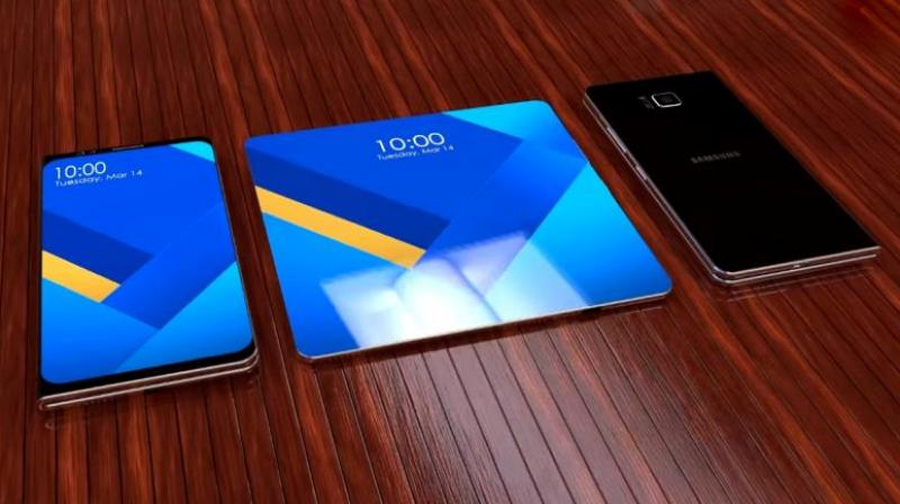
Two weeks ago in Spain, the Mobile World Congress exhibition ended. On Habré from it - only the announcement of Microsoft. But the most interesting, for the sake of which 100+ thousand people came to Barcelona, are still the novelties of the smartphone market. This time, too, it was full of unusual devices and cool technologies, and it seems they didn’t even fully illuminate them here.
Last year we made a selection of the best and worst trends, people seemed to like it, so let's try to continue the tradition. In short: Huawei and Samsung are great at this time, and Sony and LG are carrying something wrong. And yes, Apple for some reason no one else copies.
Four best
Flexible displays
You can have different attitudes to the bending, folding screens, which this year presented Huawei and Samsung. Critics say they are too fragile, and the cost of their production so far surpasses. But one cannot be taken away: it is a real innovation. This is not a monobrow or no USB port. This is - for the first time in many years - something that can really change the lives of users. Smartphone with a screen larger than many tablets.
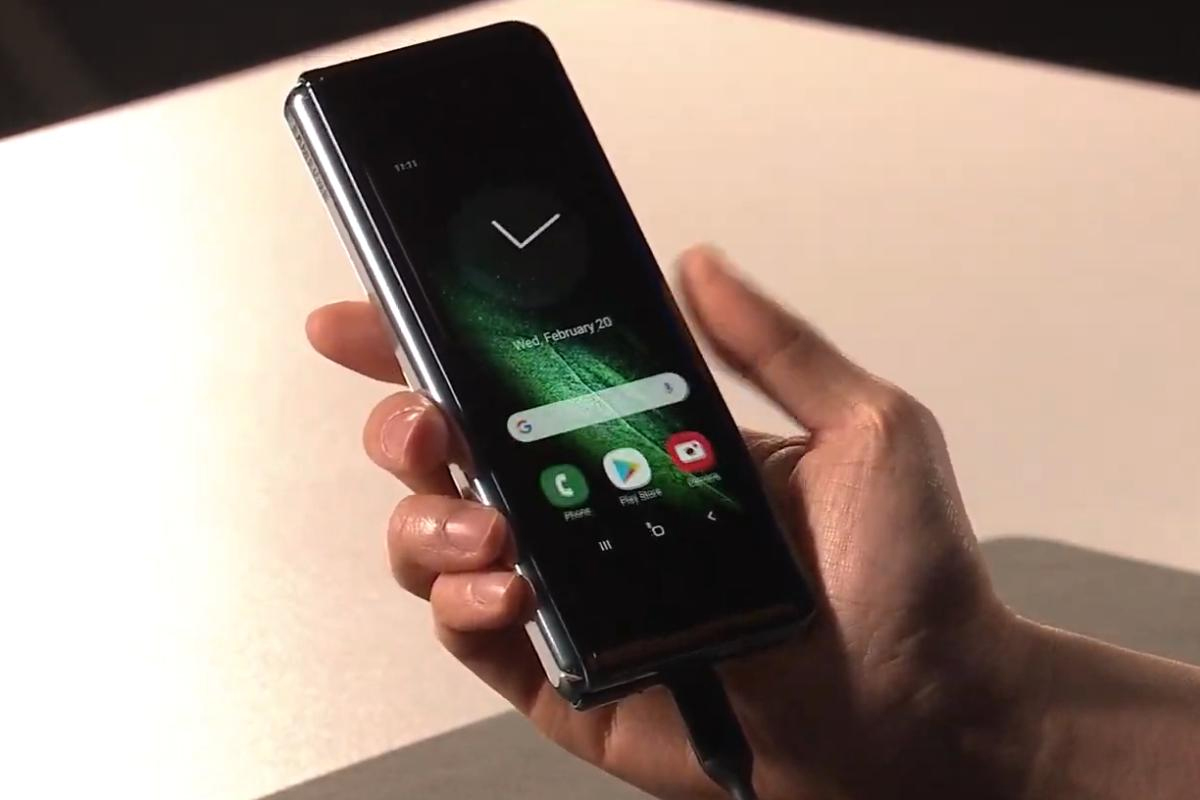
')
Visitors to the MWC 2019 could admire the Samsung Galaxy Fold and Huawei Mate X, as well as physically touch the 7.2-inch screen from TCL. What is surprising: no defects at the fold, if you were given such a smartphone in the expanded state, you would not even immediately understand that there is something unusual in it (except for size).
So far these are only timid children's steps, but flexible, folding displays are the logical next stage in the development of smartphones. Manufacturers have already reached the limit in terms of reducing the frame around the screens. Now it is possible to increase the usable area of devices without changing their form factor, only by creating flexible displays, there is no other option.

Of course, some applications will have to be redone so that they can work in both screen modes — in both minimized and maximized. And the smartphone is getting a little thicker (although in the pocket and in the hand for many it is even more convenient). But the pros already outweigh the cons, except for the price.
With flexible smartphones for the first time, the possibility of real multitasking appears. Now its devices also allow it, but on a small screen, half of which is also occupied by the keyboard, it is extremely inconvenient to do this, so few people try, it is easier to switch from application to application. With a double screen - it is possible to quietly type something from below, watching YouTube videos from above, or play and browse the browser at the same time. Finally, the eight-core processors in modern smartphones will be able to turn around. And in the future, when (if?) Folding smartphones will become the norm, and developers will release applications for them, one half of the device can be devoted to the game, and the second - to the controller or keyboard. That will allow phone games to become deeper and more interesting.
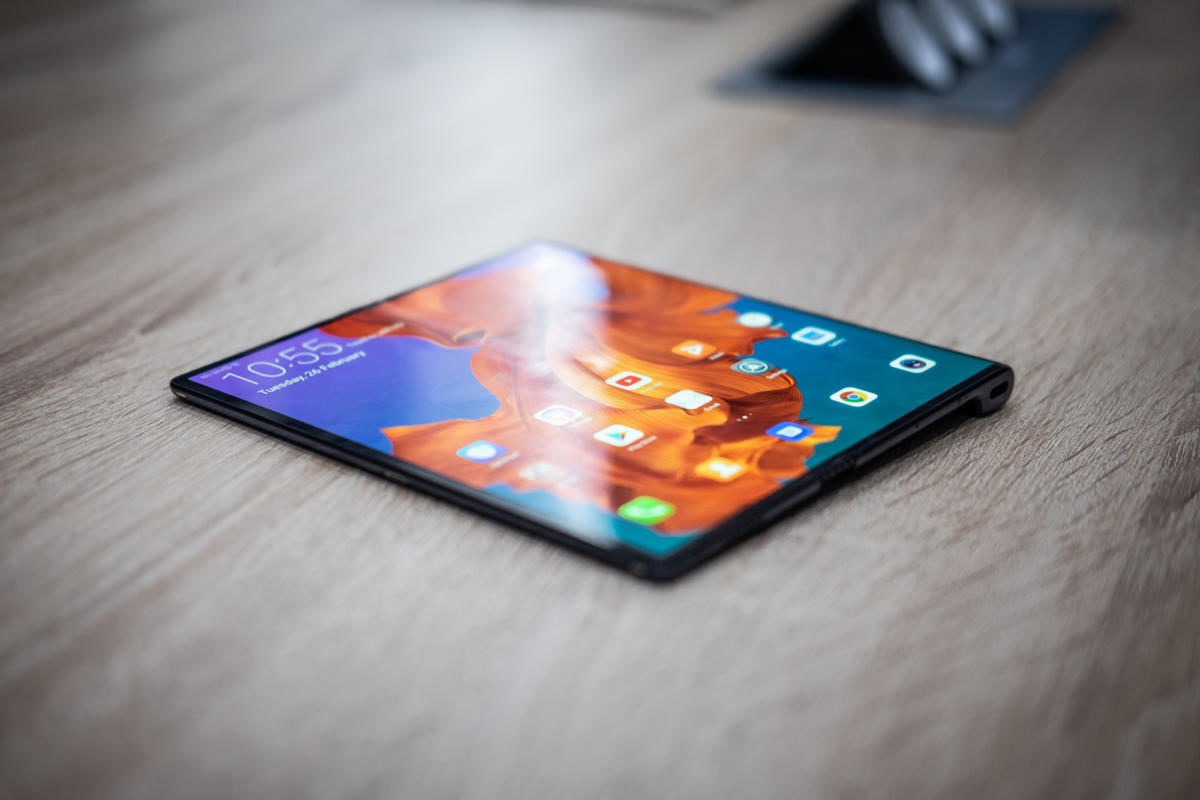
Huawei Mate X has an 8-inch OLED-screen, which in the collapsed state is divided into a 6.6-inch display in front and 6.4-inch in the back. The Samsung Galaxy Fold has a 7.3-inch main screen, and when the device is minimized, there is only one small 4.6-inch screen in front. The thickness of the devices is 11 mm and 17 mm, which is more than tolerable; the Mate X is even thinner than the first iPhone. In terms of performance, Samsung has an advantage in terms of price too ($ 1,980 against $ 2,600). But those who want to quickly find themselves in the future, most likely, will not stand up for the price, and choose Huawei, which looks a little more impressive.
So far, the only serious drawback of such folding smartphones is the price. But both leading companies have already stated that reducing the cost of producing new flexible screens for them is a top priority. There is now a consensus on the market that there is a future for such smartphones. According to CNBC, Apple really wants to release a flexible iPhone as early as 2020. And at Samsung, they say, several such devices are under development at once, under different form factors. And the company expects them to be a great success. If the cost of flexible devices can be reduced at least one and a half times - it is unlikely that something will stop.
5G
Another obvious trend, which was known to everyone who watches the market. 2019 is the first year when technology, which has been in development for at least 11 years, finally begins to surface. At MWC, every second smartphone from the stand, caps Locke, stated that yes, it is now “5G Ready”. Samsung, Huawei, LG, Xiaomi, ZTE, and not list all. And Lenovo even announced the possibility of upgrading its old smartphones to 5G with a removable panel.
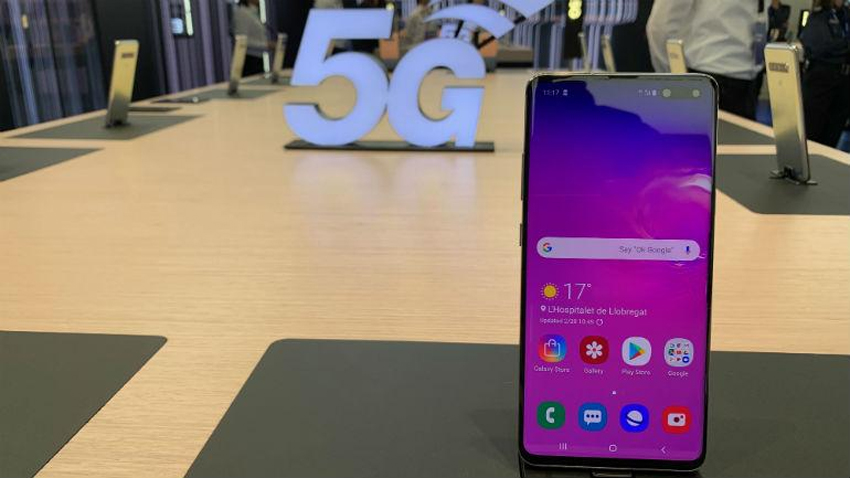
And here, too, of course, the trend is ambiguous. On the one hand, it is clear that 5G is the future (as it was before for 4G, 3G, and so on). On the other hand, the infrastructure is not ready at all. In the US, 5G will work only in 30 cities by the end of 2019. In Russia, they promise them in 10 largest cities by 2021. In other countries, the situation is no better. So far, the “presence of 5G” in a smartphone can be read as “it costs more, it does the same thing”.
Still, the trend to accelerate the Internet is difficult to write in the bad. Who would not like to see 10-20 Gbit / c in their own smartphone? Dreams about using it as an access point immediately appear, especially when the cable Internet provider gives a sad 100 Mbit / s. And, of course, the heart rejoices, watching how networks, developers, city mayors, and the creators of the standard in 3GPP work together on the introduction of the new technology. Companies such as Intel, Qualcomm, Huawei, Nokia, Samsung, ZTE, Cisco, Ericsson all stand on the same front. It is expected that the full economic effect of 5G will be reached by 2035 and will be $ 12 trillion.
So, yes, there is a future behind this trend. Who knows what will happen with flexible screens, AR / VR and everything else, and 5G is with us now for a long time. Although smartphones with the support of this standard are too early to buy. And next year will be too early, yes. Take an example from Apple, which will start to make the iPhone with the support of networks of the fifth generation not earlier than 2020.
AR and VR
More and more manufacturers are focusing on technologies for augmented and virtual reality. See examples of the work of gadgets with them could be on the stand of almost every company, and the number of people in helmets and glasses could not be counted, despite the fact that the exhibition seems to be devoted to smartphones. All firms sought to show that immersion with their devices would be even more efficient. Behind the augmented reality of the future, the only question is how quickly it will come.
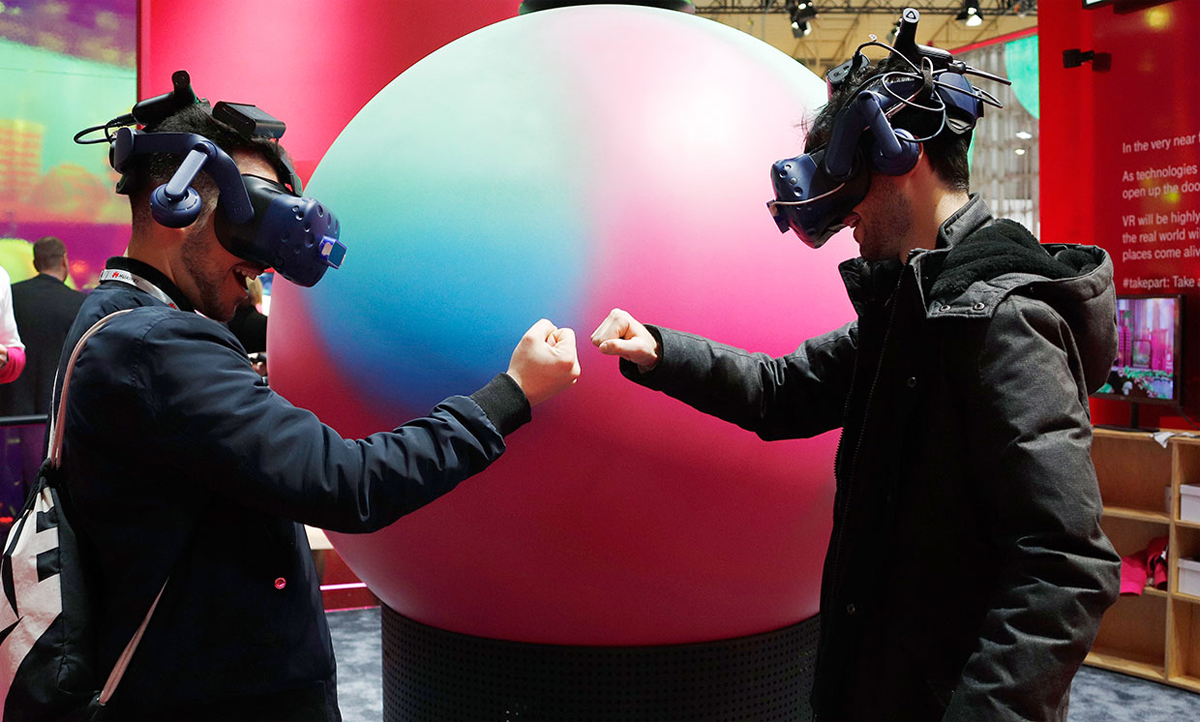
From the most impressive: Huawei found a way to get a VR-effect thanks to 5G, even without glasses at all. The cameras of her new device are able to catch in real time where the viewer is looking, and quickly give him the corresponding high-resolution picture adapted to the peculiarities of the human eye. That is, we can immerse ourselves in virtual reality even without weighty headsets, and even without risking something to stumble. True, such technology will not reach the hands of private users in the next few years.
One of the stars of the event was Microsoft, which showed its new MR-headset for professionals for $ 3,500, which they themselves perfectly told on Habré.
And it is expected that next year Apple will introduce its AR-headset, and then the industry will really explode.
Screens with holes
Basically, all new technologies in the flagships are associated with displays. Apparently, there is a consensus that the new gigabytes of memory are no longer impressive to the public. And while flexible displays cost fabulous money, the best of the "budget" options to increase the usable screen area - oddly enough, piercing holes in it. All other elements are neatly embedded under the display, and most of the frontal surface of the device remains intact. The “monobrow” of the iPhone X, unequivocally the worst trend of the 2018 MWC, which all manufacturers thoughtlessly copied, now finally becomes unnecessary.
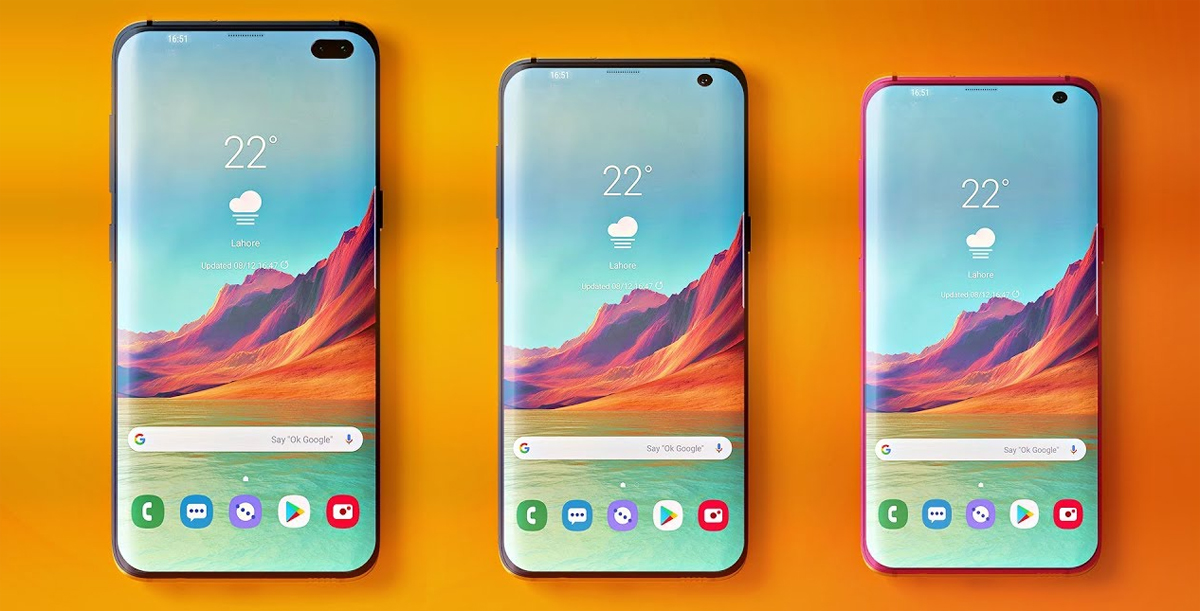
The best "hole" smartphones at the exhibition showed Samsung. Its new display technology, introduced back in October, makes it possible to hide all the main sensors under the screen, so the slot remains only for the camera lens. It looks very neat, especially when the screen is dark. It seems that all smartphones should look like this. Similar to the MWC 2019 also introduced Xiaomi, Vivo, Sony and Honor (sub-brand Huawei).
But the thing monobrovi still lives. This year, LG was not ashamed to go out with her. Its flagship LG G8 ThinQ seemed to go straight out of 2018. Under the black undercut on top of the screen, it stands out 12 (!) Times more space than in the Samsung Galaxy S10 under the “hole”. What can I say. There is hope that next year we will not see such devices on the market.
Three worst
More, more cameras!
It seems that the last few years, manufacturers are competing to be able to insert more lenses into their smartphone. If so, then all the competition is over, you can declare the winner. Nokia on this MWC presented the Nokia 9 PureView, where she stuffed five at once (and even six, if you count the front one). Everything, no longer needed, go home, okay? Soon there will be no space left on the smartphone. And if one of the cameras breaks? And if your hands are sweating? Cleaning five lenses is not enough fun.
The seven holes in the back of the Nokia 9 PureView are cameras, plus a flash and a sensor. It is expected that this will allow you to take better quality pictures (taking 5 photos at the same time, and then combining them, for more details, see @marks ).
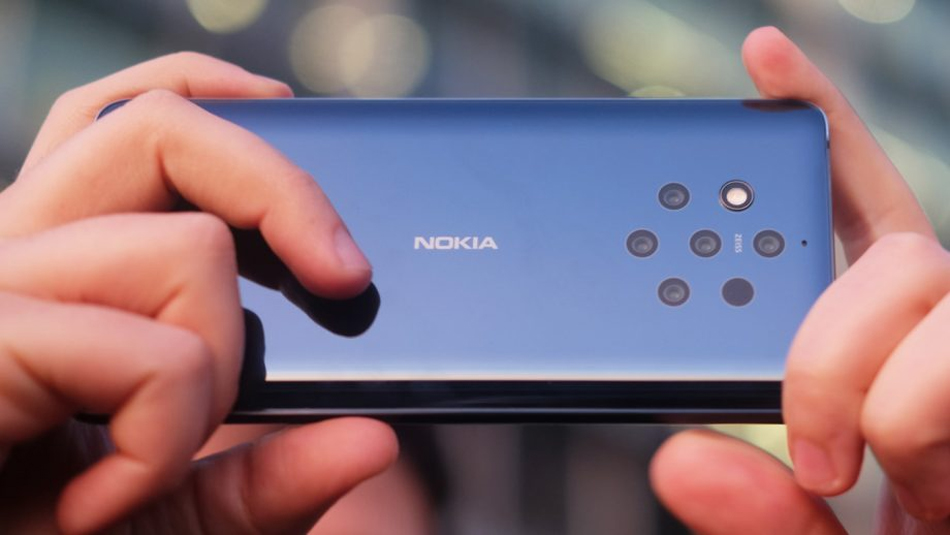
The default smartphone costs $ 699, which for the characteristics of such a device (6 GB of RAM, Snapdragon 845 chipset, 128 GB of storage, a decent screen) is still quite godly. At B & H, Nokia 9 offered for $ 599 , including a power bank at 10,500 mA ∙ h. Plus there is a built-in Adobe Lightroom for processing the received photos. So if the seven holes in the back do not seem disgusting, the proposal as for a new device is very profitable, plus HMD Global, the owner of the Nokia brand, produces a limited edition smartphone for fans, so it's difficult to blame the company for something. But this whole trend to increase the number of cameras is possible without him, eh? Otherwise, we will never stop. Even 16 lenses - this is not the limit. And for some reason, the best photos are now being done by Google Pixel 3, where there is only one camera.
Attachment Displays
Those companies that failed to develop flexible screens, but who really wanted to, came up with a solution. And what if we glue together two smartphones, and so also make it a folding one? From a distance it may even seem that we have also developed a folding display! Innovation!

Not really. It is not even very clear why this is brought to the exhibition. This is not a new technology. This is a regular smartphone, to which a second similar smartphone was attached to the side. It does not need to pour into the development of billions of dollars, enough Uncle Vasya with a drill and two bolts - and here at your home there is also the latest miracle of technology.
As with monobrow, LG also distinguished itself here. Its model V50 is a clamshell smartphone. The meaning of the model is that you can buy a case with an OLED screen, connect them through the connector, and get two screens instead of one. In the horizontal position on the bottom, for example, you can print, and on the top - to watch what happens to your text (useful for people with poor eyesight). Or control the game from below, and look at it from above (under this LG created a couple of racing games). Or run two applications at the same time - for example, Chrome and YouTube.

ZTE Axon M
There is a certain benefit from the second display, and there are definitely people who will like it very much. But the price for the model is expected to significantly more than $ 1000. And experts agree that next year, when LG finally refines its flexible display technology, we will not see such a solution.
The same pair of Siamese twins can boast of ZTE with the Axon M model. Only there everything looks even sadder: due to the huge bands at the bottom and top of the screens, the devices look as if we rolled back five years ago.
Ultra Wide 4K Screens
Sony also introduced a rather unusual smartphone. Its new flagship Xperia 1 is positioned as a device for film fans. The display here has a format of 21: 9 (resolution 1644x3840). This is the first smartphone with this screen format. The overwhelming majority now is 16: 9, a part - 18: 9. According to Sony, with their device it will be possible to watch movies better, without black bars above and below. Also, the display has a very high contrast, up to 1000000: 1, and it gives a more saturated black color. For this, of course, will have to lay out notably. The price is expected around $ 1,100.
But the main thing is not even in price. Ask yourself, especially if you're a movie fan, do you have a need for such a device? Do you want to watch movies created for IMAX on a tiny 6.5-inch screen? Even a laptop is not comfortable with many, and here it is two or three times less. And if you want to watch serials, then they have 16: 9, Xperia 1 is absolutely not suitable here: on the left and on the right there will be black bars.
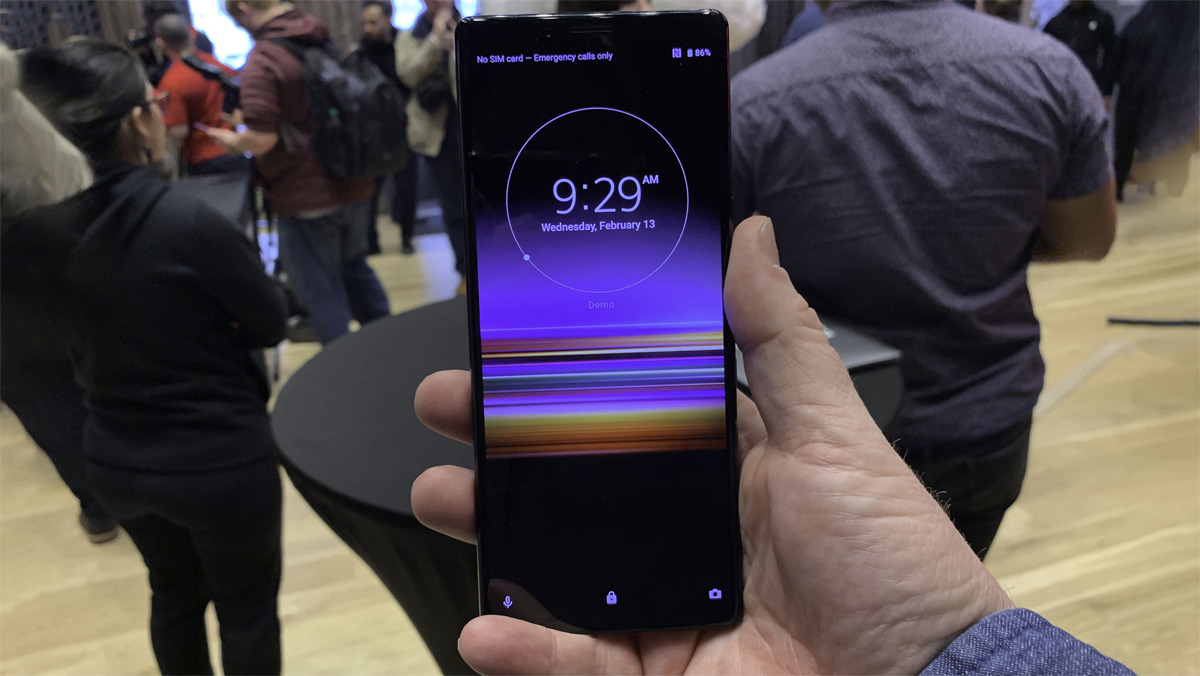
Moreover, this year it is a trend. Sony is not the only one with such a smartphone to the show. OnePlus showed its prototype of an “ultra-wide” (ultra-long?) Smartphone, Oppo and Huawei played with the idea. Sony generally hopes that people will now pounce on these of her smartphones, like hot cakes. Her new Xperia 10 and Xperia 10 Plus will also be released in this “extended” format. The whole strategy of the company this year is based on one idea: 21: 9.
At the same time, models leave much more questions than they give answers. Where and how to wear them? How deep should the pocket be? How long can the battery last, given that it has to feed several times more pixels? Who in the world buys a smartphone to watch movies?
Nokia, with its many cameras, has an excuse. They release their multi-eyed monster only for enthusiasts, within a couple of thousand units. And the fact that there are active discussions about their unusual device is a nice bonus.
Sony has a different situation. In the smartphone market, the Japanese company lost almost all positions. Gone are the days when she was among the leaders, a little behind Samsung and LG. Now Sony, unfortunately, is not even on the radar. It is lower than vivo and Motorola, they do not buy it. Xperia 1 was supposed to be the smartphone that will change the situation. But an ordinary buyer is unlikely to find here something for himself that he may be interested in, especially with such a price. And even fierce discussions, like around a five-chamber smartphone, are not here.
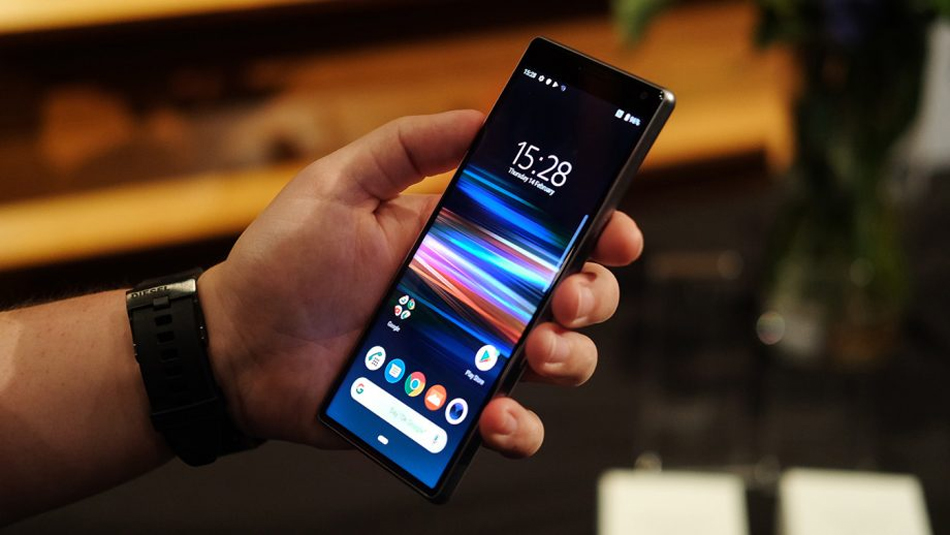
In 2018, it was rumored that Sony was thinking of withdrawing from the production of smartphones. The company's losses are colossal: at $ 100- $ 480 million per quarter. For the whole year, the company sold fewer devices than the Samsung Galaxy S9 alone in the first two months (about 9 million). The new CEO then said that the company's problems were a lack of innovation (and not a lack of understanding of the interests of customers).
Looking at what Kazuo Hirai means by innovation, one can judge that, if nothing changes, 2019 will be the last year for Sony smartphones. Those who want good performance will turn to Chinese devices, and those who have a free thousand dollars will turn to the flagship Samsung and Apple. “Cinema format” in a smartphone for such money is unlikely to find a large audience.
And yes, there is no mini jack in Xperia 1 either. You want to watch a big movie, why do you need a mini-jack?
P. S. Pochtoy.com delivers any goods from US online stores to Russia. From $ 11.90 per pound. Readers of our blog who, after registering, enter the HABR code, receive a 7% discount on delivery.
And if you want to sell products from Russia on eBay, Amazon, Walmart, Etsy, Newegg, and so on, we now have a new service - full file . For $ 2 for storing, packing and sending your package to US customers.
Source: https://habr.com/ru/post/443600/
All Articles